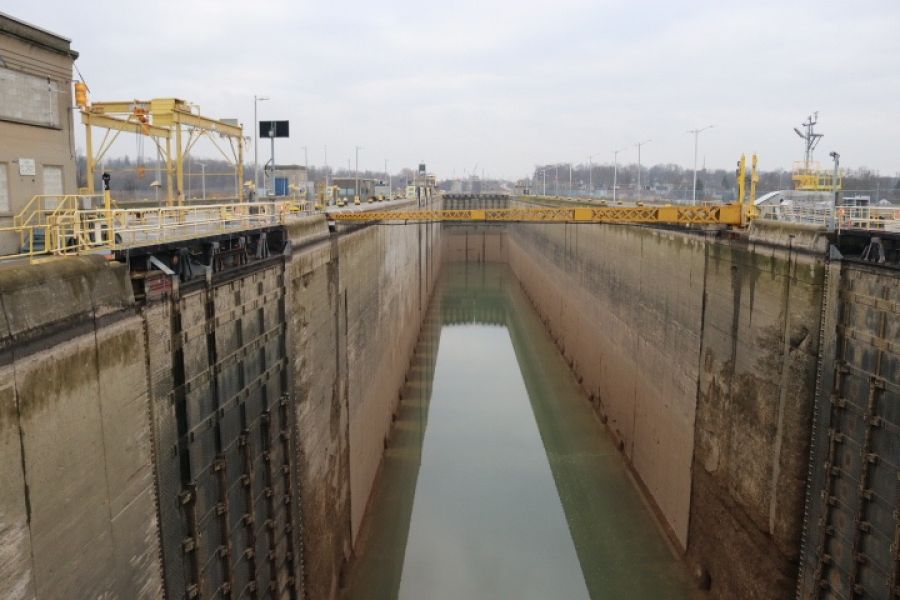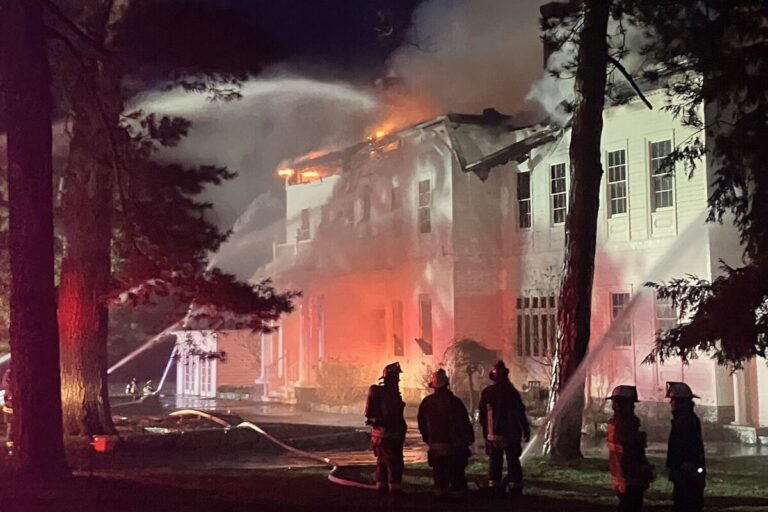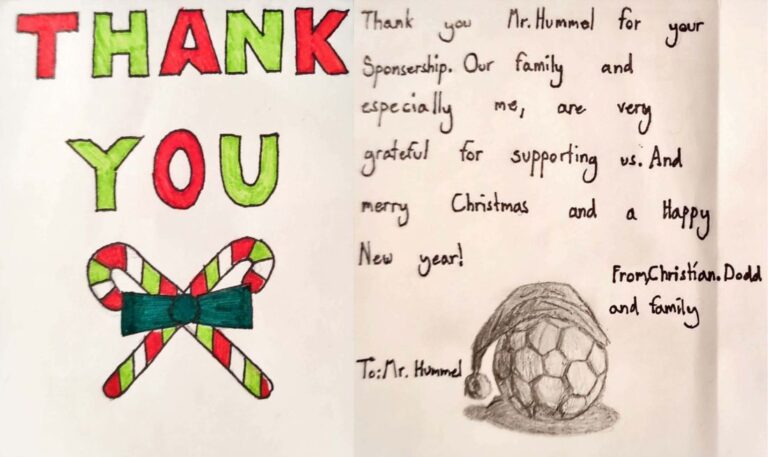(function($) { $(‘head’).append(”); })(jQuery);
(function($) {$(function() {$(“#ad-gallery_cke_jzjm1zmi_slideShow”).on(“click”,”.ad-image”,function(){var imgObj =$(this).find(“img”);var isrc=imgObj.attr(“src”);var ititle=null;var idesc=null;var iname=isrc.split(‘/’);iname=iname[iname.length-1];var imgdescid=$(this).find(“.ad-image-description”);if(imgdescid){ititle=$(this).find(“.ad-description-title”);if(ititle)ititle=ititle.text();if(ititle!=”)ititle=’‘+ititle+’‘;idesc=$(this).find(“span”);if(idesc)idesc=idesc.text();if (idesc.indexOf(‘IMAGE_LINK_’) >= 0) {idesc = ”;}if(idesc!=”){if(ititle!=”)ititle=ititle+’
‘;idesc=’‘+idesc+’‘;}}$.fancybox.open({href:isrc,beforeLoad:function(){this.title=ititle+idesc;},});});});})(jQuery);
(function($) {$(function() {$(“#ad-gallery_cke_jzjm1zmi_slideShow”).on(“click”,”.ad-image”,function(){var imgObj =$(this).find(“img”);var isrc=imgObj.attr(“src”);var ititle=null;var idesc=null;var iname=isrc.split(‘/’);iname=iname[iname.length-1];var imgdescid=$(this).find(“.ad-image-description”);if(imgdescid){ititle=$(this).find(“.ad-description-title”);if(ititle)ititle=ititle.text();idesc=$(this).find(“span”);if(idesc)idesc=idesc.text();if(idesc!=”){var url=window.location.href.trim();if (idesc.indexOf(‘IMAGE_LINK_TAB:’) >= 0) { idesc = idesc.substring(15).trim(); if (url != idesc) window.open(idesc,’_blank’);} else if (idesc.indexOf(‘IMAGE_LINK_PAR:’) >= 0) { idesc = idesc.substring(15).trim(); if (url != idesc) window.open(idesc,’_self’);}}}});});})(jQuery);
(function($) { $(‘head’).append(”); })(jQuery);
(function($) {$(function() { var galleries = $(‘#ad-gallery_cke_jzjm1zmi_slideShow’).adGallery({loader_image: ‘https://niagaranow.com/wp-content/themes/Newspaper-child/3rdParty/ad-gallery/loader.gif’, width:false, height:400, start_at_index: 0, animation_speed: 500, update_window_hash: false, effect: ‘resize’, slideshow: { enable: true, autostart: true, start_label: ‘Start’, stop_label: ‘Stop’, speed: 5000}});});})(jQuery);
Where did all the water go?
Draining the 43-kilometre Welland Canal is an annual process that is essential for winter maintenance and to inspect the canal's infrastructure.
Staff of the non-profit St. Lawrence Seaway Management Corp., including mechanical supervisor Alan Noble, tech co-ordinator-HV power Joel Minor and maintenance manager Jim Wheeler, took The Lake Report on a tour last week to explain behind-the-scenes work when the canal closes for the shipping season.
The canal typically closes by Dec. 31 but, as part of a pilot program, the season was extended to allow the canal to run for an extra week. Closer to the end of December, the ice starts to form on the Great Lakes and it ends up in the canal. Thanks to warmer weather this year, the experiment was deemed successful, Wheeler said.
“If we do have ice on the lock and we drain, we have to go slower because all of that ice just drops down, so you have to be careful,” Noble added.
“And you have to flush down the ice at the same time as you’re draining. This is the perfect year to do it: there’s no ice, it’s warm, no issues, all equipment is working. It’s fantastic, perfect conditions.”
Part of the St. Lawrence Seaway and Great Lakes Waterway, the canal is used by ships to bypass Niagara Falls.
The canal is 9.1 metres deep over the sill and 8.2 metres deep in channels. There are eight locks connecting the canal from Lake Erie to Lake Ontario.
Each of seven lifts locks has an average lift of 14.2 metres, while Lock 8 at Lake Erie is a control lock with a shallow lift ranging from 0.3 to 1.2 metres. The locks, from breast wall to gate fender, are 24.4 metres wide and 233.5 metres long.
Some of the biggest repair work taking place now includes major maintenance at the valves, gates and flight locks.
Another major job will be replacing sliding walls that ships rub along to direct themselves into the lock. The $12-million project is scheduled to start this year but due to how big the project is, it will be completed over two years, Wheeler said.
“Throughout the year we just maintain all that stuff. During navigation, we have maintenance programs set up … to make sure everything keeps running the way it was supposed to run,” Noble said.
If a piece of equipment stops working during the navigation season and if it can’t be repaired, it will be shut down and isolated until winter maintenance begins, he added.
The not-so-big "medium" jobs involve redoing slider pads as well as gates' and valves' rehabilitation.
One previous big project also included replacing tie-up walls and implementing hands-free mooring units that suck on to the ship and allow it to securely pass the canal from one lock to another, without requiring staff to manually tie them up.
“Now, 90 to 95 per cent of our ships use hands-free mooring, so it is very eerie. You can come in and the ships are going through and there isn’t a single person on the lock,” Wheeler said. “Everything is operated remotely.”
The decommissioning process starts after the last ship, which is usually a Coast Guard boat that lands and secures buoys, enters the canal. The dewatering team then follows the ship either upbound to Lake Erie or downbound heading to Lake Ontario and starts the draining process. As the vessel leaves each lock, the valves and gates at that lock are then electrically shut off.
“Everything from here just goes down to Lake Ontario,” said Noble.
The canal is drained from Lock 7 up to Lock 1 at Lakeshore Road. The channel, from Lock 7 leading up to Lock 8 at Lake Erie, doesn’t have any operating equipment, so that portion isn’t drained, said Wheeler. The city of St. Catharines and Ontario Power Generation also draw some water off from the channel.
This year, there were two ships travelling in opposite directions along the canal, so the team waited until the last ship crossed Lock 7 before starting the process, said Noble.
There are large waterways between certain locks that are called a “reach.” The reaches act as a buffer to allow the water in the canal to raise and lower ships.
These reaches are drained through the locks at the end of navigation season and then filled again when the shipping season starts again in March.
The ideal rate of draining is two and a half to three inches per hour. If the water is lowered faster, it may cause channel banks to slide or collapse. A fast drainage can also create an air bubble that will reach the charge valves, about 24 metres down, which will then come up all the way up the valve house, create blowback and move the steel roof weighing from six to eight tonnes.
It’s been decided to leave water in reach 2 between the Carlton and Queenston bridges this time around because there’s not a lot of work going on in this area and it will be used to generate power, said Noble.
The funding for major projects, ranging from $30 million to $50 million, comes from Transport Canada. The budget for smaller jobs, about $5.2 million, comes from tolls that the St. Lawrence Seaway Corp. collects from ships, Wheeler told The Lake Report.
“It’s based on a five-year plan, so some years we’ll spend more, some years we’ll spend less,” he said. “But it has to equal the total we’re allowed to spend over five years.”
It takes only two people (Noble and Minor) to oversee the massive draining process, thanks to the equipment modernization and upgrades.
“We used to do it with five or six people, but you also need to have people at the locks to do water watches to make sure the water is going down,” Noble explained. “Now, we have remote sensors and you’re able to calibrate a lot finer. So, once you set it up, it’s good to go.”
The rewatering process – refilling the canal for the shipping season – starts at Lock 7 in March and takes about three days.
“With filling, you got to be a more precise and when we’re filling since there are such major works happening at the locks, some of it gets behind schedule and you have to work around their schedule,” Noble said.
The shipping season is usually celebrated by a ceremony at which the captain of the first ship to enter the canal receives a top hat.
It is “a rare occurrence” a vehicle or a body are found in the canal, but these situations do happen during draining, said Alvina Ghirardi, manager of regional services and marine facilities for the seaway corporation.
“A primary reason is that many years ago vehicles were able to freely access tie-up walls and, for example, stolen vehicles would be found during draining the canal,” she said in an email.
“Since then, tie-up walls have been fenced and access is restricted, this has eliminated those draining discoveries.”
If a vehicle ends up in the canal, seaway authorities are always involved in its removal, providing safe entry into water and land to Niagara Regional Police and towing companies. Police divers are also involved to identify the vehicle or to recover a body, Ghirardi said.
Just this week, a vehicle landed in the canal in St. Catharines. Police said it was carrying six people when it hit a tree and ended up in the drained canal. The vehicle was a write-off, police said.











